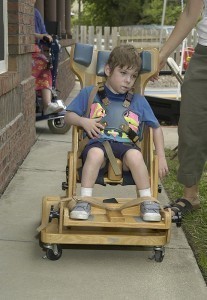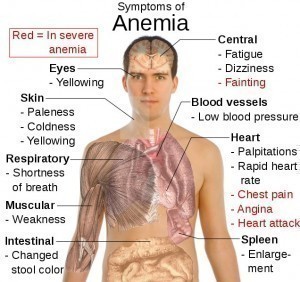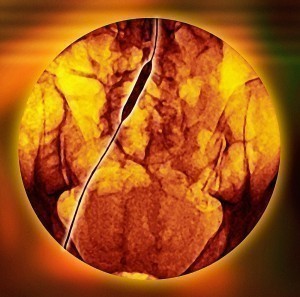Mitochondrial Disease
Mitochondrial diseases comprise those disorders that in one way or another affect the function of the mitochondria or are due to mitochondrial DNA. Mitochondrial diseases take on unique characteristics both because of the way the diseases are often inherited and because mitochondria are so critical to cell function. The subclass of these diseases that have neuromuscular disease symptoms are often referred to as a mitochondrial myopathy.
Symptoms of Mitochondrial Disease
Because mitochondria are in cells all over the body, many different organs may be affected, including the brain and muscles. Some of the problems associated with mitochondrial disease are
- Brain – developmental delays, mental retardation, seizures, dementia
- Nerves – weakness, pain
- Muscles – weakness, low tone, cramping, pain
- Heart disease
- Eyes – twitching, vision loss
- Kidney disease
- Respiratory problems
The prognosis for these disorders ranges in severity from progressive weakness to death. Most mitochondrial myopathies occur before the age of 20, and often begin with exercise intolerance or muscle weakness. During physical activity, muscles may become easily fatigued or weak. Muscle cramping is rare, but may occur. Nausea, headache, and breathlessness are also associated with these disorders.
Causes of Mitochondrial Disease
For most people, mitochondrial disease is inherited. While other possibilities exist (such as mitochondrial toxins), the biggest cause of mitochondrial disease is inheritance.
One of the most interesting things about mitochondria is the presence of DNA within the mitochondria. While most people are familiar with the DNA in the cell nucleus, the DNA in mitochondria act a bit differently. While the DNA of the cell receives one copy from the mother and one copy from the father, all (or nearly all) of the mitochondrial DNA is inherited from the mother. This is due to the sheer size of the egg cell, which is significantly larger than the sperm cell. Furthermore, while a regular cell contains two copies of DNA, mitochondria may hold anywhere from five to ten copies of DNA at one time. If a majority of the DNA is defective, it can quickly become a big problem.
Another possible cause for mitochondrial disease may occur during the replication of mitochondrial DNA. While the cell’s DNA has an error checking capability, mitochondrial DNA does not. This means that the DNA may be replicated with errors. Furthermore, the enzymes that control the replication of mitochondrial DNA may also be defective. If that is the case, mutations (and problems) in the mitochondrial DNA may be a common occurrence.
Treatment of Mitochondrial Disease
There are no cures for mitochondrial diseases, but treatment can help reduce symptoms, or delay or prevent the progression of the disease.
Treatment is individualized for each patient, as doctors specializing in metabolic diseases have found that every child and adult is “biochemically different.” That means that no two people will respond to a particular treatment in a specific way, even if they have the same disease. Diet therapy, may also be prescribed by your doctor along with a registered dietitian, and might be recommended.






